Create To Communicate
Create To Communicate
APPENDIX A
Adding Color
If color materials are available, students can add color to their drawing with a variety of materials. Crayons, markers, colored pencils, or paint can be used to add color, detail, and richness to the drawings students create. Color can not only enhance the artwork students create, but also provide students with increased opportunities for descriptive adjective and vocabulary use related to color.
Tips for Adding Color/Painting:
- Make sure the materials are safe and appropriate for student use.
If using markers or paint, make sure the markers or paint are non-toxic and safe for student use. - Paints for students:
- Tempera Paint — Tempera paint is appropriate for students of all ages. It is a water-based paint that dries quickly with a matte finish. Tempera paint can usually be purchased in powdered or liquid form.
- Watercolor Paint — Watercolor paint is also appropriate for students of all ages. Watercolor is a water-based paint, produced by mixing water with pigments. Watercolor paints usually come in a tray, with squares of various color pigments.
- Save time by “drawing” in color first.
If you are using crayons, colored pencils, makers, or paint, you can save time by having your students draw or paint with such materials first, rather than drawing in pencil and then adding color. - Colors can mix when combined, layered, or touched.
When colors are combined, touched, or layered they will mix. For example, when crayons or colored pencils are layered on top of one another, the two colors will show a new color. When two colors of paint are mixed together, the two colors will create a new color. It is beneficial to know about color mixing because you may have limited colors available, but by showing students how to mix or layer colors or paints, students can create other colors to use in their artwork. Basic information on mixing and creating colors is listed below.
Primary Colors: RED, BLUE, YELLOW
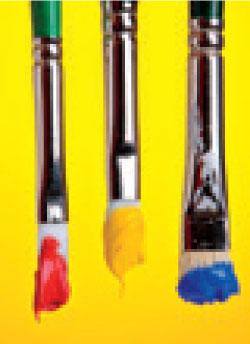
Primary colors are the three basic colors that cannot be mixed or formed by any combination of other colors. From these three primary colors you can mix and create all other colors.
Secondary Colors: ORANGE, PURPLE (Violet), GREEN
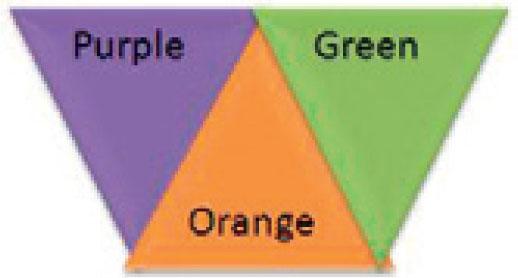
Secondary colors are created by mixing the primary colors.
- RED mixed with YELLOW creates ORANGE
- RED mixed with BLUE creates PURPLE
- BLUE mixed with YELLOW creates GREEN
Tertiary Colors: YELLOW-ORANGE, YELLOW-GREEN, RED-ORANGE, RED-PURPLE, BLUE-GREEN, BLUE-PURPLE
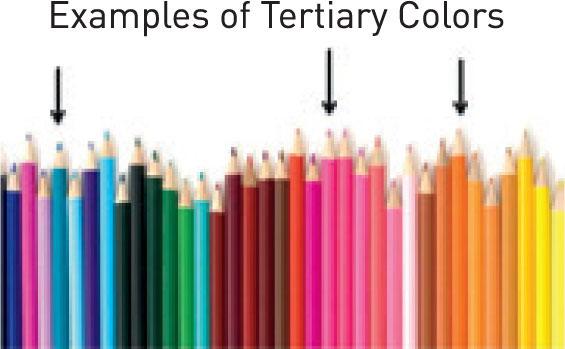
Tertiary colors are created by mixing a primary with a secondary color. The tertiary colors have two-word names which indicate the primary and secondary colors used to create them.
- YELLOW mixed with ORANGE creates YELLOW-ORANGE
- YELLOW mixed with GREEN creates YELLOW-GREEN
- RED mixed with ORANGE creates RED-ORANGE
- RED mixed with PURPLE creates RED-PURPLE
- BLUE mixed with GREEN creates BLUE-GREEN
- BLUE mixed with PURPLE creates BLUE-PURPLE
Tints and Shades
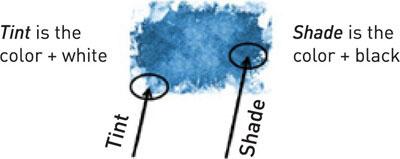
A tint can be made by adding and mixing white with any color. A shade can be made by adding black to any color.
Color Wheel
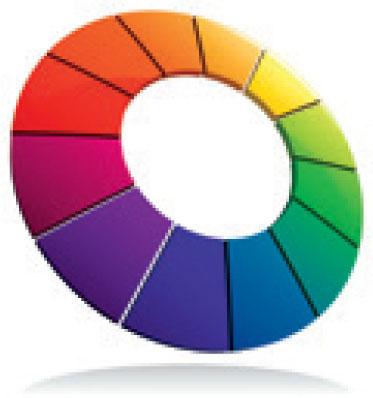
The color wheel shows the primary, secondary, and tertiary colors in relation to one another.